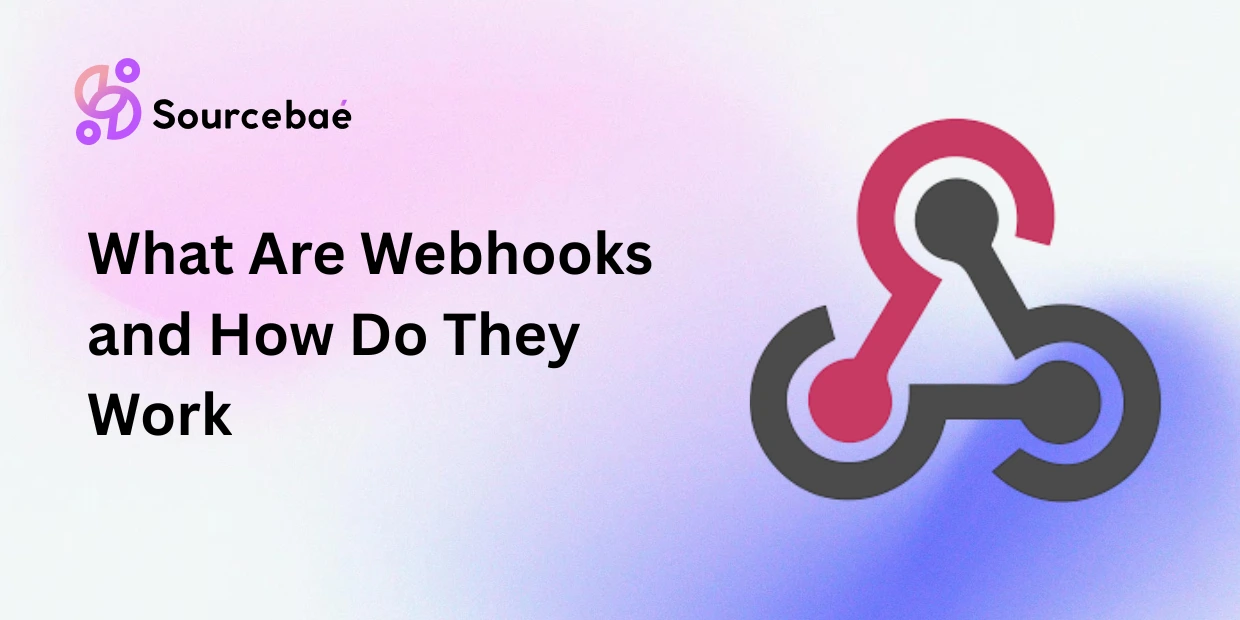Webhooks are user-defined HTTP callbacks that enable real-time, event-driven communication between applications. Instead of asking (“polling”) for updates, one system pushes data to another the moment an event occurs. This approach reduces latency, cuts unnecessary traffic, and simplifies integrations.
How Webhooks Differ from Traditional APIs
Traditional APIs require a client to send requests at intervals to check for new data. In contrast, webhooks automatically send an HTTP POST to a preconfigured URL when a specified event happens.
- API (Polling): Client “asks” for data every few seconds or minutes.
- Webhook (Push): Server “notifies” client exactly when data changes.
Anatomy of a Webhook
- Event Source
The system where events originate (e.g., a payment gateway). - Webhook Endpoint
A URL on the receiving system where payloads are delivered (e.g.,https://app.example.com/webhook). - Event Payload
JSON data describing what happened (e.g.,{ "order_id": "1234", "status": "paid" }). - HTTP Headers
Include metadata such as signature headers to verify authenticity. - Receiver Logic
Processes the incoming payload, updates databases, triggers further workflows, and returns a 2xx HTTP status.
How Webhooks Work: Step by Step
- Registration
Developer registers a webhook with the provider, specifying events and a secure endpoint. - Event Trigger
An event occurs (e.g., new user signup). - HTTP POST Delivery
Provider sends an HTTP POST with the event payload to the endpoint. - Verification
Receiver checks the signature or secret token in headers. - Processing & Acknowledgment
Receiver processes the data and responds with200 OKto confirm receipt.
Common Use Cases
| Domain | Use Case |
|---|---|
| E-commerce | New order notifications, stock updates |
| Payment Processing | Payment success or failure alerts |
| Continuous Integration (CI) | Trigger CI/CD pipelines on code pushes |
| Customer Support | Create support tickets from chat messages |
| CRM & Marketing Automation | Instant lead capture and campaign updates |
Key Benefits
- Instantaneous Updates: Receive data in real time.
- Reduced Overhead: No constant polling means fewer wasted requests.
- Ease of Implementation: Standard HTTP requests with JSON payloads.
- Scalability: Handle spikes efficiently with queueing and retries.
Building a Reliable Webhook System
1. Secure Transmission
- Always use HTTPS.
- Validate payloads with HMAC signatures or secrets.
- Implement IP allow-listing or mutual TLS for critical endpoints.
2. Idempotent Processing
Ensure your receiver can safely process duplicate deliveries without side effects.
3. Retry and Backoff
- Treat any non-2xx response as a trigger for retry.
- Use exponential backoff to avoid overwhelming receivers.
4. Dead Letter Queues
Capture failed payloads for later inspection and replay.
5. Monitoring and Alerting
Track delivery success rates, latency, and error codes. Alert on abnormal patterns.
Scaling Webhooks for High Volume
When dealing with millions of events per day:
- API Gateway & Load Balancer
Distribute incoming POSTs across multiple workers. - Message Broker
Buffer events asynchronously in a queue (e.g., RabbitMQ, Kafka). - Worker Pool
Parallelize processing with multiple consumers. - Rate Limiting
Implement per-endpoint throttling to prevent downstream overload. - Observability
Centralize logs, metrics, and traces. Use dashboards to detect backpressure early.
Sample Implementation: Generating an Invoice on Order Creation
- Endpoint Setup bash
POST /webhooks/orders - Registration
Register URL with e-commerce platform for theorder.createdevent. - Sample Payload json
{ "order_id": "1234", "customer": "Alice", "total": 49.99, "items": [ ... ] } - Processing Logic
- Verify HMAC signature.
- Insert order data into the invoicing database.
- Trigger email to accounting.
- Response text
HTTP/1.1 200 OK
By embracing webhooks, developers unlock event-driven architectures that push data instantly, simplify integrations, and reduce server load. With proper security, retry logic, and scalable infrastructure, webhooks can power real-time workflows across any modern application ecosystem.





